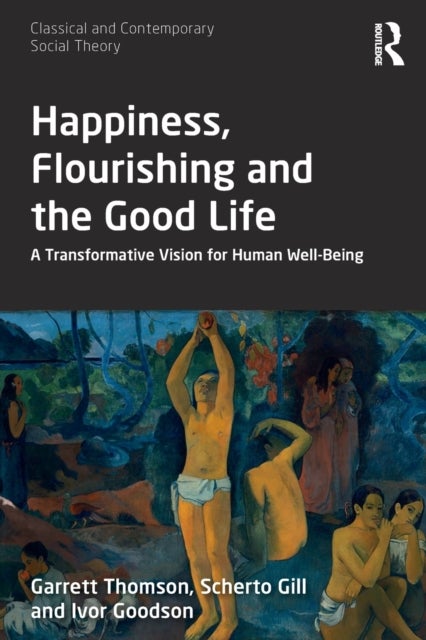
Nordic Terrors av Robert William Rix
299,-
<p>In late eighteenth- and early nineteenth-century British literature, Scandinavia emerged as a place where Gothic terror took place. This book explores the extensive use of Nordic superstition in providing a vocabulary for Gothic texts as well as the cultural significance it had for writers attempting to understand Britain¿s northern roots. In Gothic publications, Nordic superstition sometimes parallels the representations of Catholicism, allowing writers to gloat at its phantasms and delusions. Thus, the casting of runes, runic spells and incantations, and necromantic communications (of which Norse tradition afforded many examples) could replace practices usually assigned to Catholic superstition. On terms of its cultural importance, however, Nordic lore did more than just fill in for hackneyed Gothic formulas. It is a key argument in the book that Nordic superstition presented less of an abject ¿Other.¿ Nordic texts (primarily excerpts from the Edda and








